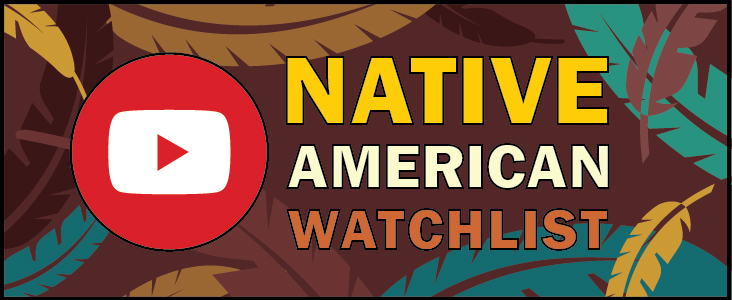Culture
Watchlist: ‘Colorado Experience: Native Horses’

By Kamiah Koch
Social media/digital journalist
The debate on whether horses were used by Native Americans before or after Spanish contact is finally being answered. Rocky Mountain PBS published a video to its YouTube channel compiling the research archaeologists have done in the last few decades that has changed what was previously thought and taught about the history of horses in North America.
“The accepted account of the human-horse alliance may have been mistold for centuries,” the video narrator begins. “European settler histories tell the story of how Spaniards introduced domesticated horses to what the conquistadors considered ‘the new world,’ but many Indigenous oral traditions tell of their people riding horses long before meeting the Spanish newcomers.”
What has been widely written in history books and taught in schools says Native Americans acquired horses decades after the Pueblo Revolt of the late 1600s, where the Pueblo people rebelled against the Spanish colonizers. During that conflict, the theory is the Spanish horses got loose and were then recaptured and used by the Native people.
However, this theory comes from white, male anthropologists who cast the European settlers as the main characters in the story.
“The archaeological evidence seems to start to suggest the Indigenous people had horses well before the Pueblo Revolt,” archaeologist and Pawnee Nation Tribal member Carlton Shield Chief Gover says.
Many horse bones have been restudied in the last few decades using better technology that has identified horses can be traced back to Native territories, pre-Spanish contact, with bone markings that indicate they were ridden and tethered.
Not only are the bones telling a different story, the documents share conflicting accounts.
“We have Spanish documents from 1637 talking about a battle between the Spanish and mounted Ute Indians,” Ethno-Historian Celinda Reynolds Kaelin says.
According to the Rocky Mountain PBS video, new scientific evidence is leaning more toward Native Americans using domesticated horses before the Spanish arrived. Many Natives were told to have a minimum of three horses: a war horse, a hunting horse and a traveling horse.
A large shift in this theory partly comes from oral stories told by Native people. Many Tribes, especially in plateau areas, have long shared stories of having horses before the Spanish showed up.
“I think we are quite late to the party in recognizing that good science requires diversity,” the Curator of Archaeology at the University of Colorado at Boulder William Tayor says. “It requires Native archaeologists leading the charge because we are now seeing science and the Indigenous perspective often are converging on the same story.”
You can watch the entire video on the history of horses in North America at https://www.youtube.com/watch?v=HGki2EwrbkA or find it in the Smoke Signals “Watchlist” playlist.
